Description
Rome, Italy — November 30, 2023 — Pleasure Boat Studio is thrilled to announce the release of the second edition of Linda Lappin’s celebrated novel, SIGNATURES IN STONE: A BOMARZO MYSTERY. This captivating suspense tale takes readers on a thrilling journey through the enigmatic Monster Park of Bomarzo, also known as the Sacred Wood, an extraordinary Baroque sculpture garden in Italy. To commemorate the 500th anniversary of the park’s creation, (July, 2023), this edition is accompanied by a magnificent new cover and a series of Tarot card illustrations by Santa Fe artist Carolyn Florek.
In SIGNATURES IN STONE, readers are transported to the atmospheric setting of the Monster Park of Bomarzo, a sixteenth-century garden adorned with mythical creatures believed to represent a terrifying journey into the realm of nightmares. Against this backdrop, four travelers find themselves intertwined in a fate-driven Italian holiday. Daphne, a British writer of occult mysteries, her down-on-his-luck aristocratic publisher Nigel, the aspiring artist and American gigolo Clive, and the art historian Professor Finestone, all converge in a dilapidated villa near the park. They are attended by rustic servants who harbor secrets of their own.
Professor Finestone has made a groundbreaking discovery, revealing that the garden was designed by one of Italy’s greatest artists as a transformative experience that delves into the shadow side of life. Over the centuries, the park’s meanders continue to influence the minds and destinies of those who venture within. As the group explores their heart’s desires amidst the haunting sculptures, they become entangled in a web of intrigue and danger. When Daphne, renowned for writing cozy murder tales, becomes the prime suspect in a shocking homicide, she must confront her own darkness and rely on her sleuthing skills to uncover the terrifying truth.
Linda Lappin’s gripping tale presents an intriguing exploration of gardens in Renaissance Italy, where they were regarded as tools for altering consciousness and changing destiny. The Monster Park of Bomarzo becomes the backdrop for a “Gothic-in-Wonderland” phantasmagoria, immersing readers in a suspenseful and thrilling journey.
Awards & Reviews
Captivating critics and readers, SIGNATURES IN STONE, was the OVERALL WINNER
in the DAPHNE DU MAURIER AWARDS for Excellence in Mystery and Suspense Writing – best mystery of 2013
“Scary and satisfying …I loved this novel….Lappin’s people are as dangerously compelling as her Italy.” —Nina Auerbach, author of Our Vampires, Ourselves *****amazon reviews
“Readers looking for an intelligent summer mystery will find much to savor here.” —Wilda Williams, Library Journal
“Written in an elegant, relaxed style, with a plot that peels back slowly, the book bewitches…” —Mystery Scene Magazine
“Lappin is a modern day Agatha Christie with prose that is like eating dark chocolate or sipping a glass of fine wine — the story continues to entice your senses and simply gets better and better the more you partake.” —I Love a Mystery
“Recommended!” —Midwest Book Review
“Linda Lappin’s Signatures in Stone boasts a remarkable knitting of mystery and romance, a delicate and intricately concocted layering of mysteries.” —Gently Read
“Lappin has populated a dilapidated villa and its adjacent park of grotesque sculptures with a vivid group of victims and suspects who turn out to be mysteries in themselves, While the primary pleasures of Signatures in Stone are its places and its people, the story itself satisfies because its twists are engrained in the chasms of its setting and its characters.” —Walter Cummins, Rain Taxi
Linda Lappin, poet, translator, and novelist, is the prize-winning author of four novels: The Etruscan (Wynkin deWorde, 2004); Katherine’s Wish (Wordcraft, 2008), dealing with the last five years of Katherine Mansfield’s life; Signatures in Stone: A Bomarzo Mystery (Pleasureboat Studio, 2013), overall winner of the Daphne Du Maurier award for best mystery novel of 2013; and Loving Modigliani: The Afterlife of Jeanne Hébuterne (Serving House Books, 2020), Daphne Du Maurier award finalist and shortlisted for the 2021 Montaigne Medal for Books of Distinction. She is also the author of The Soul of Place: Ideas and Exercises for Conjuring the Genius Loci, (Travelers Tales, 2015), winner of a Nautilus Award in the category of creativity in 2015. A former Fulbright scholar to Italy, she has lived mainly in Rome for over thirty years. She is at work on a second Daphne Dublanc mystery novel, Melusine, set in Bolsena. Her website is www.lindalappin.net
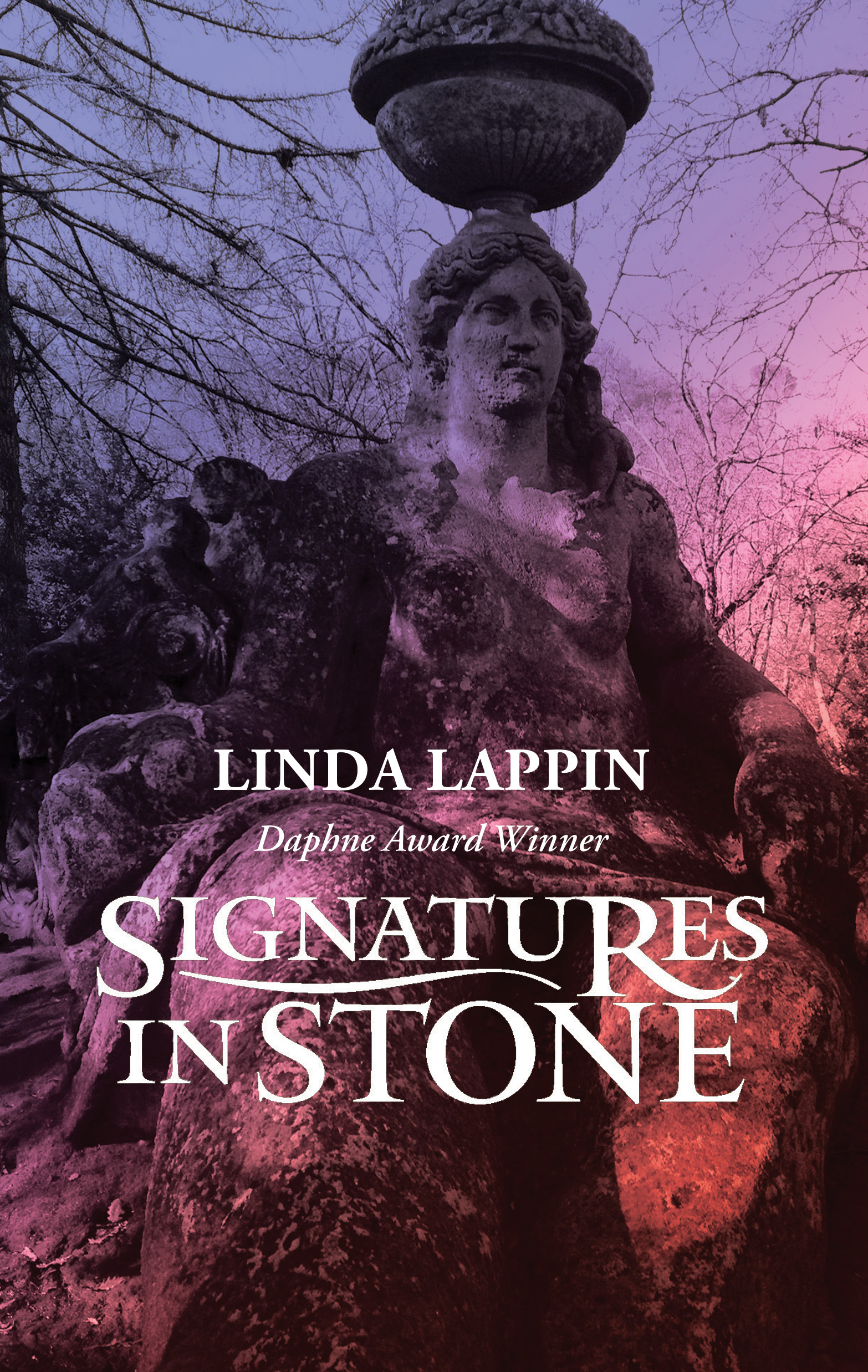
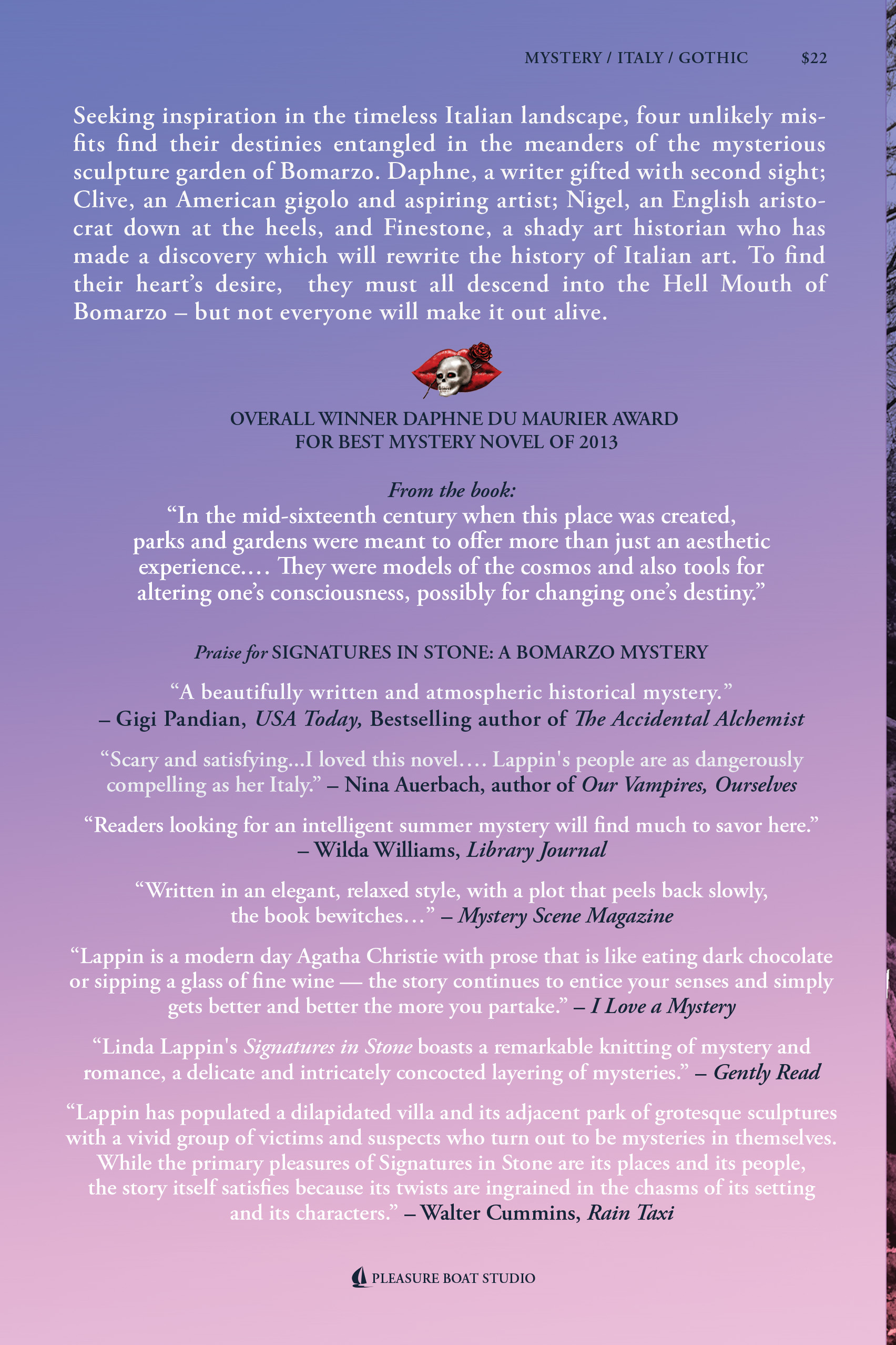
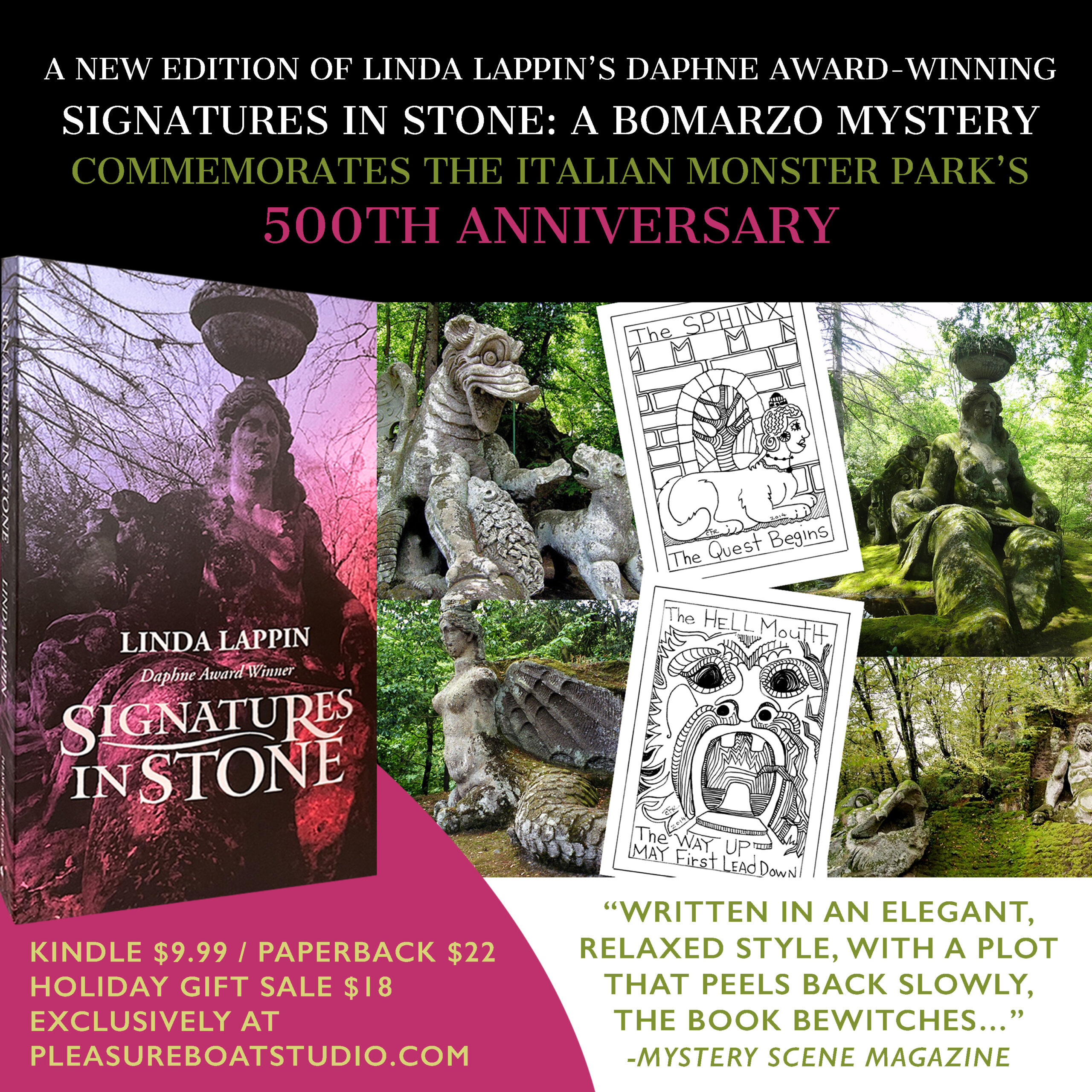

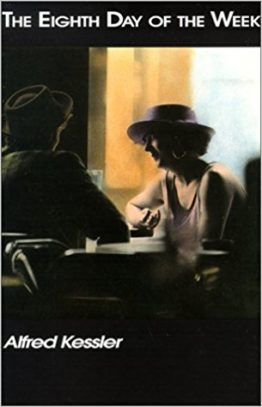
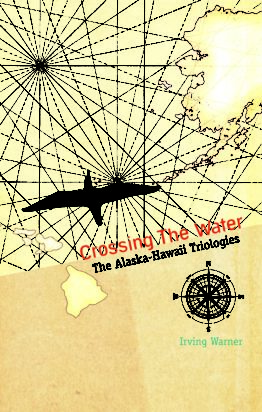
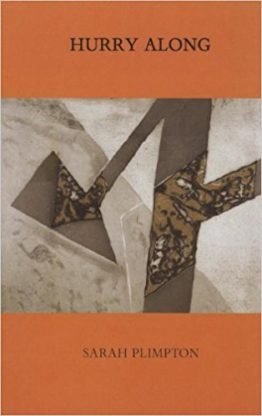

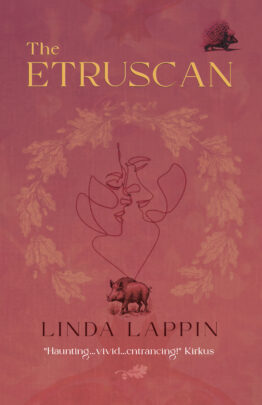

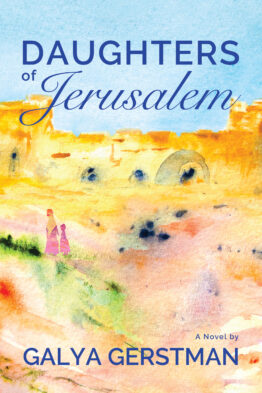
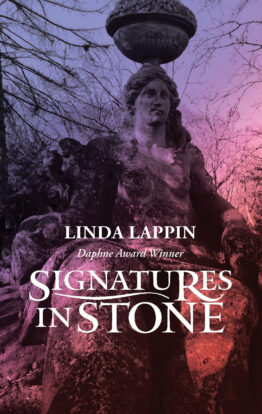
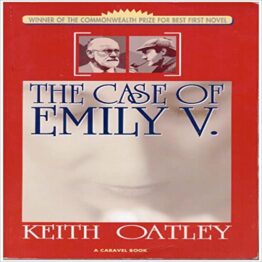
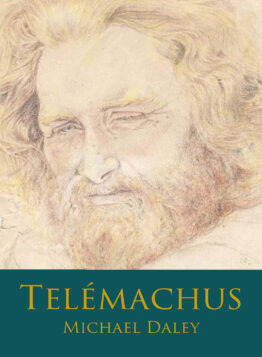
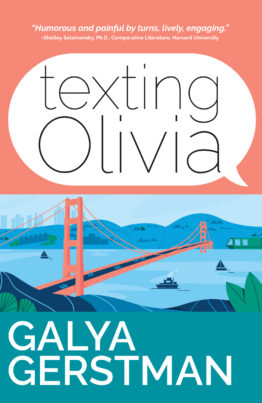

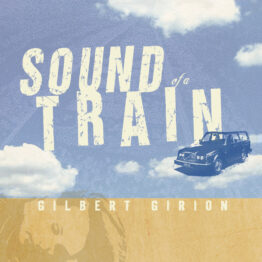
– Barbara Zaczek, Clemson University South Carolina Review –
Linda Lappin’s Signatures in Stone joins the fast-growing ranks of English mystery writers who select Italy as the crime scene for their novels, such as Donna Leon, Iain Pears, and Ben Pastor. Each of these authors skillfully combines the intensity of a thriller with an accurate and insightful representation of the historical, cultural, and social panorama. Lappin follows in their footsteps offering a highly enjoyable and informative reading, particularly for those interested in Italian art history and British modernist literature (Lappin’s passion and field of expertise).
The motto, as befits a novel that takes place in Italy, is quoted in Italian and translated into English much later in the story. It reads: “Che ognuno v’incontri ciò che più gli sta a cuore, e che tutti vi si smarriscono” (May each seeker find what he most desires and may everyone lose their way, [171]). A reader familiar with Italian literature will recall the verb “smarrire” (to become lost) as part of the very first image from Dante’s Divine Comedy, Inferno, Canto I: Nel mezzo del cammin di nostra vita, mi ritrovai per una selva oscura, ché la diritta via era smarrita (When I had journeyed half of our life’s way, I found myself within a shadowed forest, for I had lost the path that does not stray). Dante gets lost in the dark forest, but he eventually finds his way to salvation, so “via smarrita” is the beginning of an arduous journey in search of the right path. Lappin takes her readers on an Italian adventure where getting lost (both literally and metaphorically) is a necessary element of finding oneself and solving the mystery. She chooses a place little known to foreign tourists, Bomarzo in Tuscia, tucked away in a rough landscape of small villages and farms in the province of Viterbo, north of Rome. The novel starts in March 1928, when the bloom of spring is yet to come and Fascism rules the country with Mussolini’s popularity on the rise among the European nations and the United States.
The reader embarks on the journey together with the main characters as they drive to Bomarzo in a “gleaming Packard” “along the sea through a land of silvery olive trees where innumerable dirty sheep dotted the meadows, and a rosy haze of blooms shimmered above low—lying peach groves.” The idyllic panorama soon gives way to a dramatic change: “We turned inland to cross a marshland, then a succession of arid hills where broken bits of ancient Roman aqueducts stood stark against the twilight. Farther on, deep ravines gashed the terrain like unhealed fissures from which rose twisted masses of gray stone where ancient houses, domes and grottoes were chiseled along the edges” (3). The nature is equally disturbing as “thorny bushes scraped the sides of the car.” Their destination is an old aristocratic villa situated close to the Monster Park, a maze inhabited by a series of monstrous sculptures dating back to the sixteen century. The three passengers in the car are Daphne Dublanc, a British mystery writer, Nigel her publisher and an old family friend, and Clive, a young American painter. They will be joined by Professor Jacob Finestone, an American scholar, who hopes to uncover the mystery that lies behind the creation of the Monster Park, Manu, their host, and Amelia, their cook and maid. The setting is a perfect site for a mystery. The villa boasts innumerable and invaluable artworks scattered among dark and dusty rooms, secret passages, trapdoors, and hallways. The two Italians appear to be sinister characters adding a touch of suspense to the already threatening and gloomy ambiance.
Daphne is both the narrator and the protagonist of the story, alternating between the roles of victim and detective. She decides to come to Bomarzo at Nigel’s invitation in search of material for her new novel and steps right into it. According to her own admission in an interview, Lappin modeled Daphne on a “great unknown,” a British modernist writer, Mary Butts. Butts’ short life (1890-1937) was unconventional even for the liberal twenties (loss of her home at an early age, a tense and resentful relationship with her mother and brother, bitter disputes involving money, two broken marriages, a series of failed relationships with men and women, and a struggle with motherhood and drug addiction). Her writings, despite praise of critics and small publishers, never reached a wider audience and disappeared from the literary radar until fairly recently. Nathalie Blondel’s excellent biography entitled Mary Butts. Scenes from the Life published in 1998 paints a haunting portrait of Mary Butts and provides a fascinating reflection of and on the cultural history of that period. Mary Butts frequented the artistic and literary circles both in Paris and London and excerpts from her diaries and correspondence bring to life major and minor figures that shaped the European cultural scene in the twenties and the thirties, including her two husbands, John Rodker and Gabriel Aitken, as well as her lovers, friends and enemies (Mireille Havet, Cecil Maitland, Jean Cocteau, Ezra Pound, Evelyn and Alec Waugh, Ford Madox Ford, H.D., E. M. Foster, T.S. Eliot, Wyndham Lewis, Gertrude Stein).
Mary Butts’ literary production was varied and prolific, drawing on her passion and knowledge of the Greek classics, her extensive, often eclectic choice of readings, the observation of nature and the historical and personal experiences that affected her life. She wrote poetry, short stories, novels, articles, and book reviews. She was fascinated by the occult and the supernatural and although she discarded her “various attempts, scrying, automatic writing, spiritualism, mystery cults” as “unsatisfactory,” she passionately believed that there existed a formula that would connect the rational and the spiritual worlds, finding significance in what other people might call coincidence:
“After five years…I realize that I have observed, all my life, a series of phenomena, not all subjective, not technically related to the problems, but which I now believe to be a part of a series though the connection between them is not clear. There are not conclusions as yet, only observations, and the observations may be incorrectly given, but it is impossible to realize them without emotion, for I know now that they are the cardinal events of my life.” (Mary Butts, The Journals of Mary Butts, ed. Nathalie Blondel [New Haven and London: Yale; 2002] 214-215).
In her quest for a theory that would connect these events with each other, Butts explored the concept of signatures: “There are places that are signatures. I do not mean where one has lived continually or where important affairs have happened but a place felt to be significant, & passionately & irrationally cherished.” (195).
Lappin’s heroine bears strong physical resemblance to Mary, inheriting her famous flaming red hair, which as Daphne proudly proclaims, has not yet been retouched with henna despite having “reached that phase of life dubiously called ‘a certain age.’” (3). She also shares with Butts an opium addiction that had almost fatal consequences for both of them, equally risky attraction for handsome young men, picturesque memories of a glitterati life spent in London and Paris and painfully nostalgic recollections of her childhood (recounted by Mary Butts in her hauntingly beautiful autobiography The Crystal Palace). Like Mary, Daphne is a strong believer in “signatures,” which she first notices during that long drive: “The landscape was full of signatures, signs and hidden meanings, I felt.” (4).
Since signatures are to serve as clues in solving the mystery, Daphne guides the reader through her labyrinthine exploits of dreams, weird objects that invade and threaten her existence, strange occurrences, and uncanny coincidences. A skilled tension builder, Lappin constructs the narrative around events and details that Daphne experiences or observes yet is unable to connect or to decipher their significance. Each attempt to arrive at a theory ends in failure. The first part of the novel resembles a series of walks filled with stumbling blocks that prove to be mere distractions and lead to dead ends. The Monster Park in Bomarzo adds yet another signature to Daphne’s already substantial collection. The gardens were created during the 16th century and are composed out of a wood located at the bottom of a valley beneath the castle of Orsini and populated by sculptures and small buildings scattered among luscious vegetation. Pier Francesco Orsini (1523-1585), called Vicino, a condottiere and an eccentric patron of arts, commissioned their creation after the death of his beloved wife, Giulia Farnese. Their design is attributed to Pirro Ligorio who completed the Cathedral of St. Peter after the death of Michelangelo, and the sculptures to Simone Moschino. In contrast to the calming effect of the symmetry and harmony that informed the design of Renaissance gardens, the Monster Park and its Sacred Wood (Il Bosco Sacro) aimed to daze, confuse, and shock a human mind as it encountered a random collection of animal and mythological creatures splattered across the intense green of the mossy woods. Hannibal’s elephants and a gigantic turtle cohabited it with Cerberus, Orcus and Sphinx in a visual and tactile blur “ahead of time, out of time.” One of the inscriptions, a clear allusion to Dante’s warning at the gates to hell “Lasciate ogni speranza, voi che entrate” (Abandon all hope you who enter), “Lasciate ogni pensiero voi che entrate” (Leave all thoughts you who enter), invites its visitors to suspend rationality and logic and immerse themselves in the dreamlike or nightmarish adventure. Neglected for over three centuries, the gardens were restored in the 1950s and open to tourists in the 1970s.
In the 1920s, the park must have presented a truly fascinating and horrifying spectacle in which natural overgrowth intensified its otherworldly quality. Daphne’s first visits it in the company of Professor Finestone who oversees the project of clearing the park. She delights in exploring it as a potential site of signatures and discovers a fertile ground for her vivid imagination. Her knowledge of the classics and passion for mythology and the occult assist her in finding plausible responses to this artful puzzle: “It’s a reversal. A very painful reversal, I said, staring up at the statue; now that you have entered here, your perspective will be violently turned on its head. The resulting vision will make you mad. It will cause an inner division that will make you feel as though you have been ripped apart.” Finestone turns out to be a kindred spirit: “I could see we were of a similar cast of mind. We both enjoyed guessing at emblems and riddles, as I had already realized the previous night at dinner when he had talked of the Holy Grail. We were two of a kind who find sermons in stones and personal meaning in the patterns of nature and art.” (71).
And yet, as Dante could have pointed out, Daphne discovers that “patterns of nature and art” play a small part in crime detection. Only a hard look at the vagaries of the human heart and at the perverse power of human desire can do it. Dante’s first circles of Hell remind us of the disastrous consequences of the lure of lust, greed, and jealousy. Like her literary model, Mary Butts, Daphne is “contrarian” (as old Lady Grantham would put it) both vulnerable and strong, trusting and suspicious, naïve and practical, malicious and warm-hearted. She is also never satisfied with one-sided questions or answers. One of the fountains in the Monster Park is composed of three figures: two creatures with moth wings and fishtails are holding a cherub-like figure upside down, plunging him under the water. Daphne reflects on this scene, asking Finestone: “Do you think they are playing or are they drowning that cherub?” Signatures in Stone does both: it undermines the readers’ confidence and challenges their perspective. Lappin’s sharp, precise prose with touches of lyricism and irony is a perfect match for her heroine who irritates and delights us with her shortcomings and her skewed brilliance.